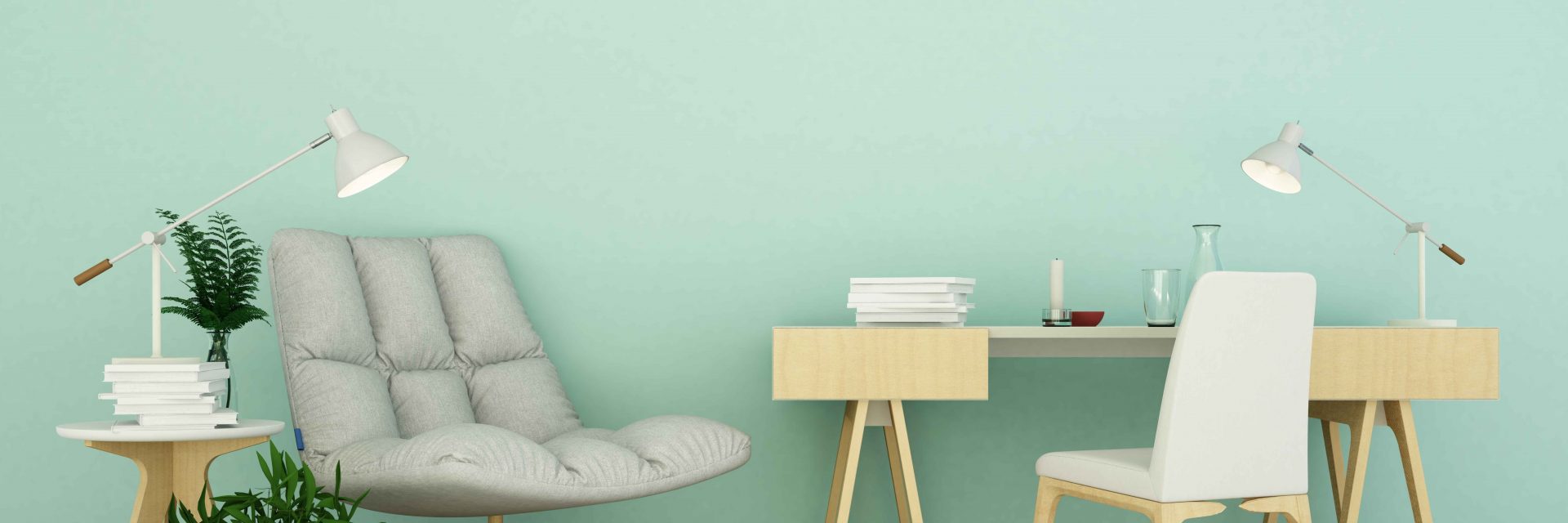Learn More About The Methods Which Seasonal Aspects Can Affect The Success Of Industrial External Painting And Figure Out The Very Best Times To Attain Long Lasting Results For Your Job
Learn More About The Methods Which Seasonal Aspects Can Affect The Success Of Industrial External Painting And Figure Out The Very Best Times To Attain Long Lasting Results For Your Job
Blog Article
Content Writer-Burnham Skafte
When you're intending a commercial outside paint job, seasonal elements can make or break your outcomes. You'll intend to take into consideration how temperature and humidity effect paint application and drying times. Choosing the appropriate season can ensure your paint sticks effectively and lasts longer. Yet which periods are genuinely the best for this kind of work? Allow's explore the key elements that can influence your job's success.
The Effect of Temperature Level on Paint Application
When you're planning an industrial external painting task, the temperature can considerably impact how well the paint sticks and dries out.
Ideally, helpful resources want to paint when temperature levels vary between 50 ° F and 85 ° F. If it's as well chilly, the paint may not treat correctly, bring about concerns like peeling or breaking.
On the other side, if it's too hot, the paint can dry out also promptly, avoiding proper bond and resulting in an unequal coating.
You need to also take into consideration the time of day; morning or late afternoon offers cooler temperatures, which can be extra favorable.
Constantly check the producer's referrals for the specific paint you're utilizing, as they typically offer support on the suitable temperature array for ideal results.
Humidity and Its Effect on Drying Times
Temperature level isn't the only ecological factor that affects your business external paint project; moisture plays a significant duty as well. High moisture degrees can reduce drying out times considerably, affecting the total high quality of your paint task.
When the air is filled with dampness, the paint takes longer to cure, which can result in problems like inadequate adhesion and a greater danger of mold growth. If you're painting on a particularly humid day, be planned for extensive wait times in between coats.
It's essential to keep track of local weather conditions and strategy accordingly. Preferably, aim for humidity levels between 40% and 70% for optimum drying.
Keeping these consider mind ensures your task stays on track and provides a long-term surface.
Best Seasons for Commercial Exterior Paint Projects
What's the very best time of year for your industrial external painting projects?
Springtime and early autumn are commonly your best choices. Throughout these seasons, temperature levels are moderate, and moisture degrees are commonly reduced, producing excellent problems for paint application and drying out.
Prevent summer season's intense heat, which can create paint to completely dry also swiftly, resulting in poor bond and surface. Similarly, winter's cool temperature levels can impede appropriate drying out and treating, risking the long life of your paint work.
Aim for days with temperature levels in between 50 ° F and 85 ° F for optimum outcomes. Remember to inspect the local weather forecast for rain, as wet problems can spoil your job.
Planning around these factors ensures your paint job runs smoothly and lasts much longer.
Verdict
To conclude, intending your commercial external painting projects around seasonal factors to consider can make a significant difference in the end result. By affordable painters fort worth during the optimal temperatures and humidity degrees, you'll make certain better attachment and drying out times. Keep in mind to keep an eye on regional weather prediction and choose the right time of year-- springtime and early autumn are your best options. Taking these steps will aid you achieve a sturdy and professional coating that lasts.
